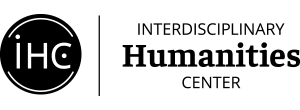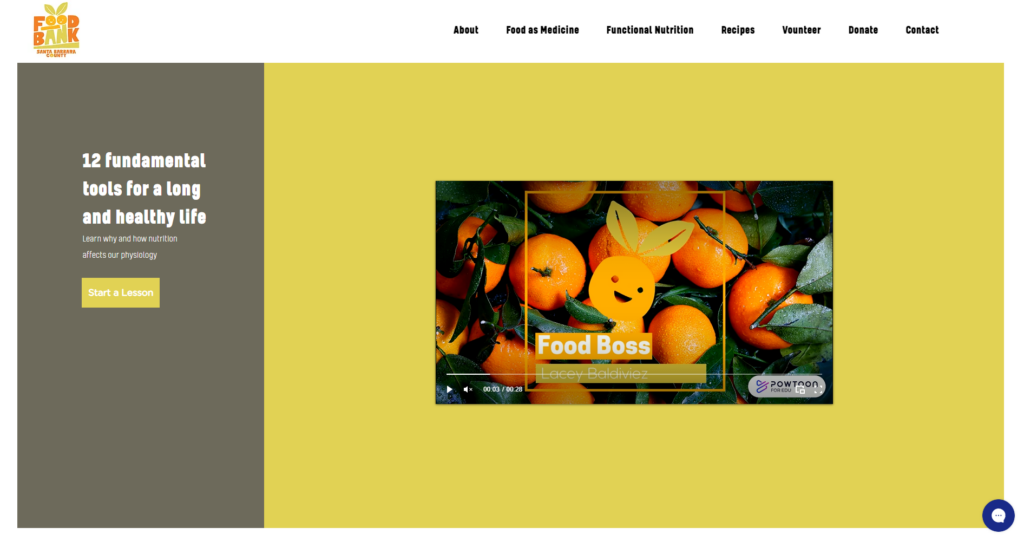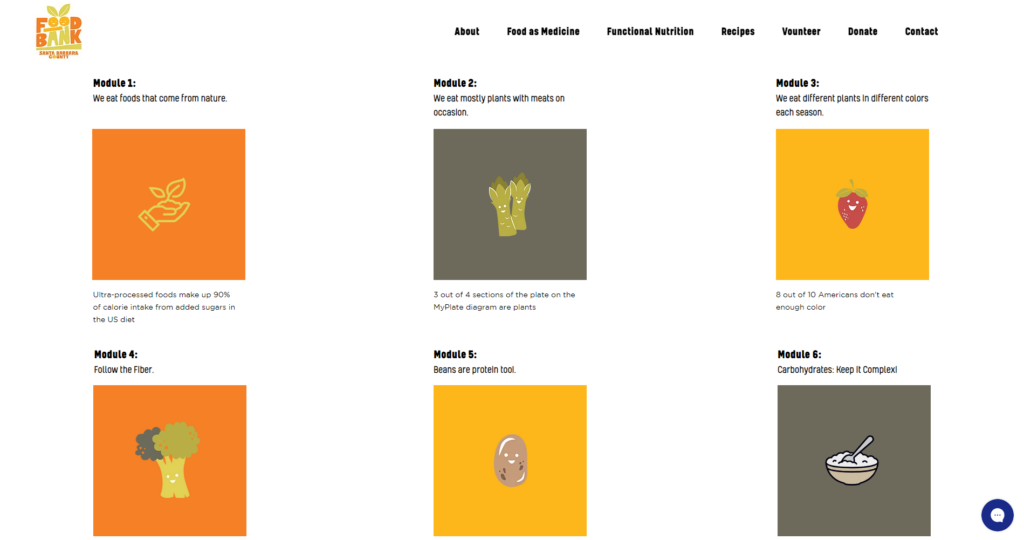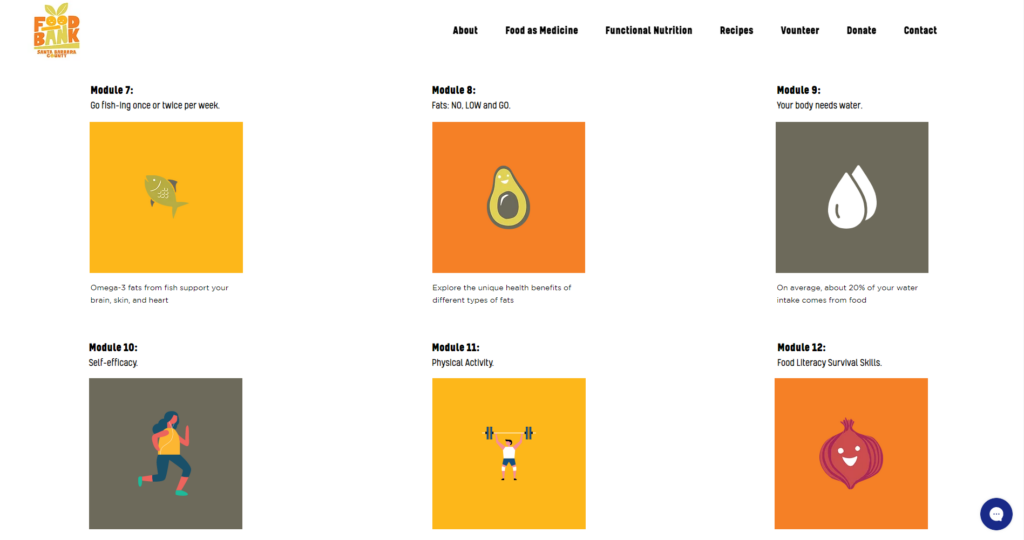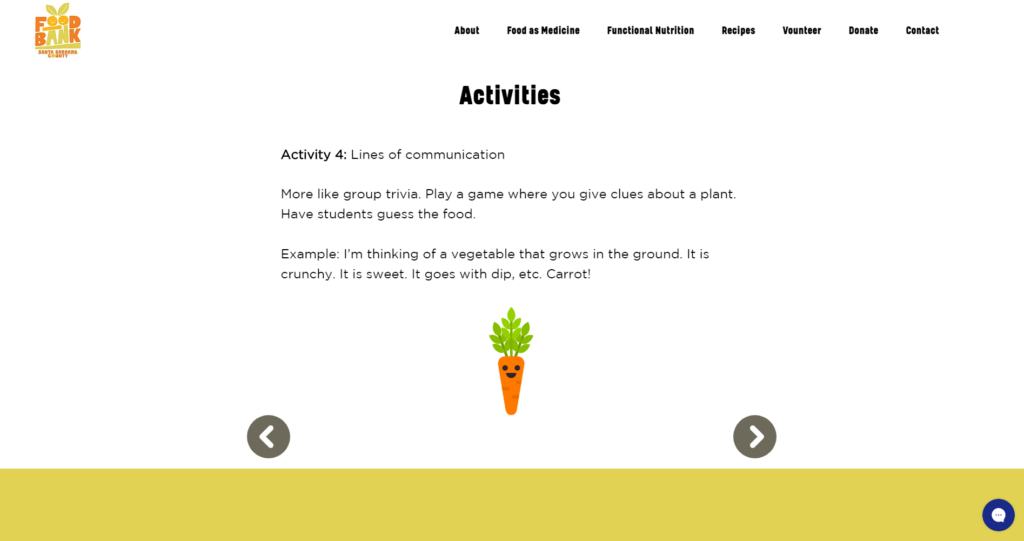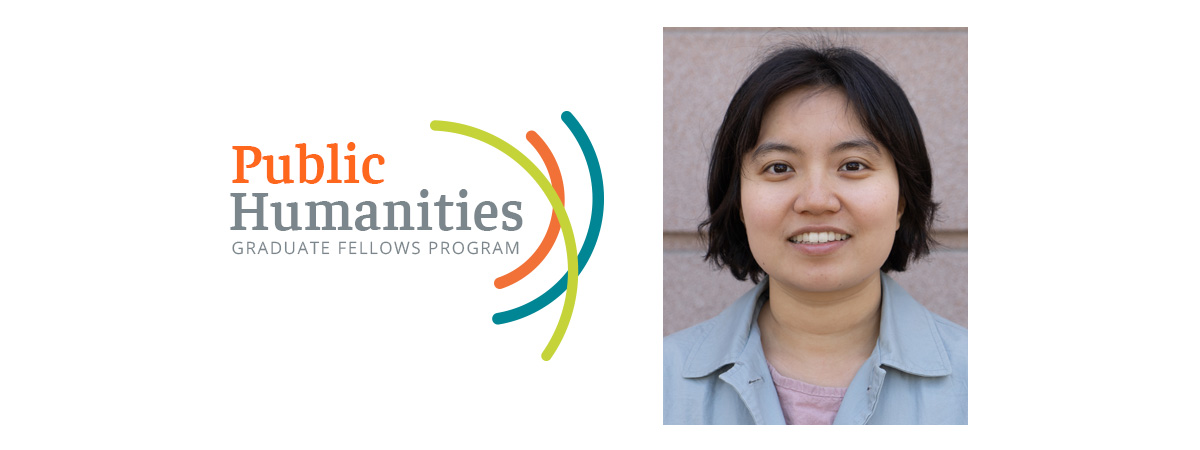
11 Dec Interview with Public Fellow Jungah Son on Interning with the Foodbank of Santa Barbara County
December 11, 2020
Jungah Son is a Ph.D. candidate in the Department of Media Arts and Technology whose research interests lie at the intersection of emerging technologies and new media art. Her dissertation research focuses on developing a creativity tool that incorporates emotions into artwork in virtual reality. She is also passionate about advocating for the importance of art in STEM education. As an IHC Public Humanities Graduate Fellow, Son completed a Summer 2020 internship with the Foodbank of Santa Barbara County.
Tell us about the work you did related to food literacy during your internship with the Foodbank of Santa Barbara County.
My work at the Foodbank of Santa Barbara County was to build an education website for the Foodboss curriculum, which has lessons for addressing an emergent or on-going public health need in an effort to provide relevant and impactful educational interventions to community members. I searched for organizations that support technology solutions for nonprofits and looked for offers on discounted rates for products or services. The Foodbank website had to follow its brand guide, including brand colors, logo colors, and brand typography, which conveys a sense of people-oriented mission. I had regular meetings with the Director of Community Education Lacey M Baldiviez to receive the guidance and feedback on the project. Sometimes I met with another intern, Taylor Brower, who oversaw nutrition research, facts, and curriculum development, to work together to create the online learning modules. I have also helped editing videos produced by the education manager Jareli Jimenez and searched for images that are suitable to upload on the website.
What were the most interesting or exciting aspects of your internship?
The most interesting aspect of my internship was that the internship objectives of the Foodbank matched well with my personal motivation of creating an engaging multimedia program for the public. Also, I was excited to learn about the curriculum myself and applied practical skills and knowledge of fundamentals that enabled me to make healthful decisions about what to put on my plate. Even if I had some constraints for design choices to follow the brand guide of the Foodbank, I still had some freedom to make decisions for launching a website. For example, even if I had to use the fonts and color palettes given by the Foodbank, I had the freedom to choose how to present the material and design the overall structure of the website by choosing the format and images. I found this balance of constraints and freedom of decisions most enjoyable.
Several examples of the Foodboss website created by Son
What is the focus of your academic work, and how did this training prepare you for your internship with the Foodbank?
My background is in engineering, so my work as a graduate student usually involves programming. Although this internship did not require any programming experience, I found it useful to have problem solving skills. These skills of finding appropriate people to give me guidance and searching for related resources have been honed throughout graduate school. For example, checking the right to publish a copyrighted image in an online form was not too difficult for me because this is similar to what we do in graduate school. As a graduate student who is in an interdisciplinary program, I also have experience in working with artists. I think that this experience made me a good fit for this position, specifically in the web design space.
What new skills did you develop during the internship?
This internship helped me to gain confidence that I could build a website that effectively delivers content. The Foodbank of Santa Barbara County uses Kelpt as their brand typography, which is bold, warm, and innocent, and gives a sense of family. Their brand colors are related to the fresh and nutritious energy and include a sense belonging to a larger ecosystem. Additionally, when I changed the vector arts for each module from freely available ones to the Foodbank characters, I realized the website looks livelier and more welcoming. Overall, I learned the importance of not only the material itself but the ways to present it using fonts, colors, and characters. From this experience, I created a professional website with my portfolio as well.
What insights did you gain about how you might pursue publicly engaged work in the future?
One of the main differences between the internship and graduate school was that I was following the organization’s rules and needs during the internship rather than my own. I learned the organization’s goals, specifically the education team’s standards, by communicating with my supervisor Lacey. This process helped me to gain insight into presenting information in a friendly way to the public. For instance, Lacey asked me to put quiz questions in the beginning of the module, since it makes people think about the topic and also increases their focus. Finally, this internship gave me invaluable experience and insight into web platform technologies. My next challenge for pursuing publicly engaged work will be further developing online tools to provide engaging ways for the public to interact with valuable resources.
Click here to learn more about the IHC Public Humanities Graduate Fellows Program.
